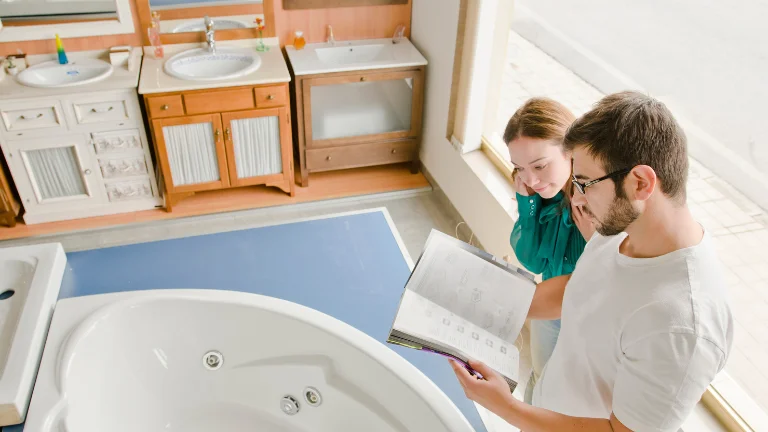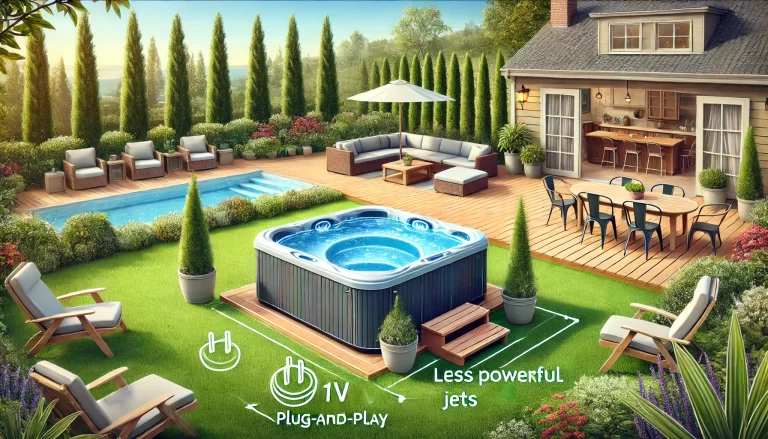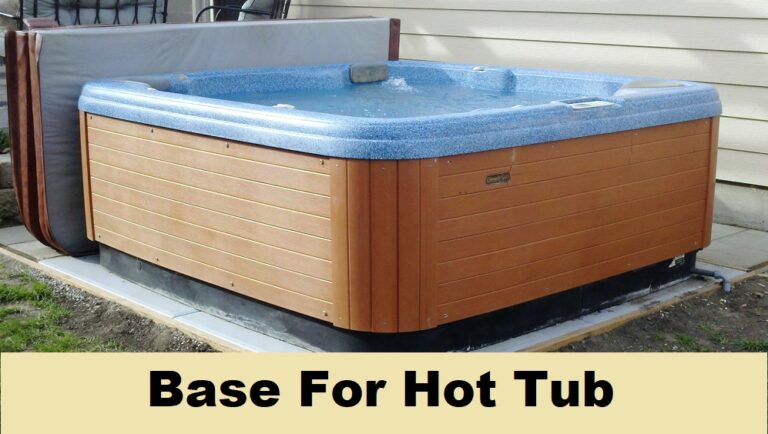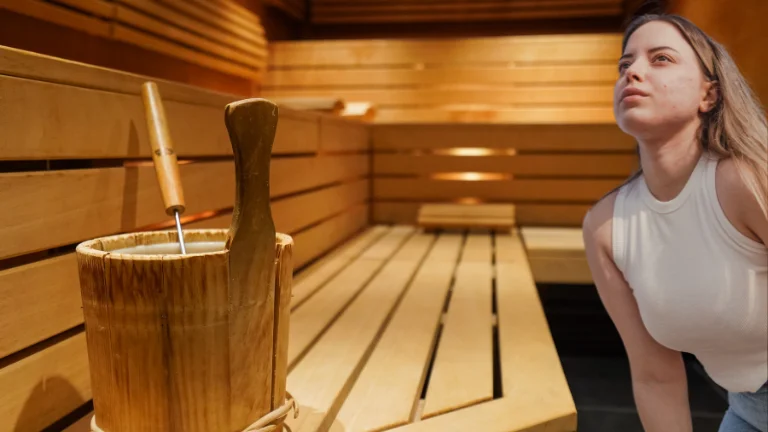Pros and Cons of Inflatable Hot Tubs: Is One Right for You?
Inflatable hot tubs offer an affordable, portable way to enjoy spa relaxation, perfect for beginners or those with space constraints.
However, they come with trade-offs like limited durability and weaker jets. By weighing these pros and cons and linking to our guides on maintenance, safety, and top models, you can decide if an inflatable hot tub is your ticket to backyard bliss. Ready to shop? Check out our best inflatable hot tubs for 2025 for top picks!
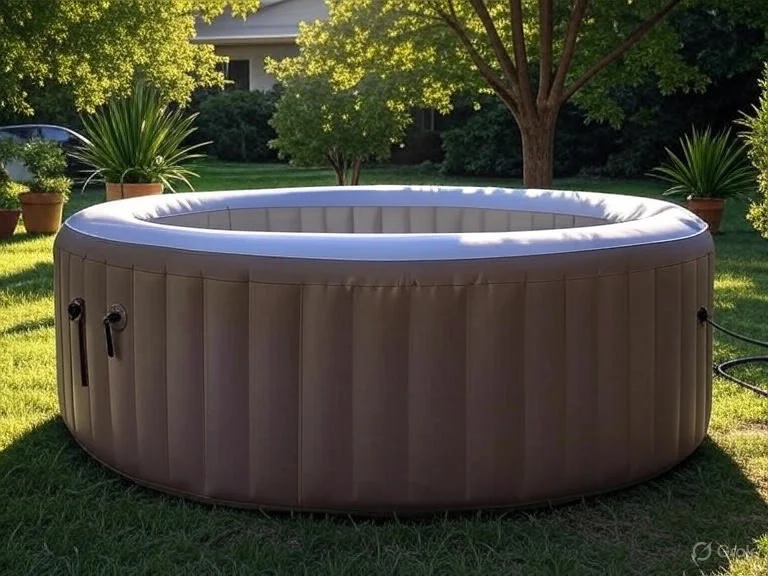
Pros of Inflatable Hot Tubs
1. Affordability
Inflatable hot tubs are significantly cheaper than hard-shell models, with quality options starting as low as $300-$400 (see our guide to inflatable hot tubs under $400). This makes them accessible for budget-conscious buyers who want a spa experience without breaking the bank.
- Why It Matters: Lower upfront costs mean you can enjoy hydrotherapy without a $5,000+ investment.
- Real-World Example: Brands like Coleman SaluSpa and Intex offer models under $600 that seat 4-6 people, compared to $3,000+ for basic permanent hot tubs.
2. Portability
Unlike fixed hot tubs, inflatable models are lightweight and easy to move. You can deflate and store them in a closet or take them to a new home.
- Why It Matters: Ideal for renters, apartment dwellers, or those with small yards. You can even bring it to a vacation home!
- Pro Tip: Check out our guide on using inflatable hot tubs on decks for placement tips.
3. Easy Setup
Most inflatable hot tubs can be set up in under an hour with no professional help. Just inflate, fill with water, and plug into a standard 110V outlet.
- Why It Matters: No need for costly electrical upgrades or contractors, unlike hard-shell tubs requiring 220V wiring.
- Note: Always verify your deck or surface can handle the weight (see how much weight an inflatable hot tub can hold).
4. Low Commitment
If you’re new to hot tubs, an inflatable model lets you test the waters (pun intended) without a permanent installation. You can store or sell it if it’s not for you.
- Why It Matters: Reduces buyer’s remorse for first-time owners unsure about long-term use.
- Example: Perfect for young families or couples experimenting with backyard relaxation.
5. Decent Features for the Price
Many inflatable hot tubs come with bubble jets, LED lights, or built-in seats for a spa-like experience (explore models with jets or LED lights).
- Why It Matters: You get features like adjustable heat (up to 104°F) and massage jets at a fraction of the cost of premium spas.
- Caveat: Jets are often less powerful than in hard-shell models—more on that below.
6. Seasonal Flexibility
Inflatable hot tubs are great for year-round use with proper care, especially with winter insulation techniques.
- Why It Matters: You can use it in summer for cool dips or winter for cozy soaks, then store it if needed.
- Bonus: Some models are designed for all seasons (see our 4-season inflatable hot tub guide).
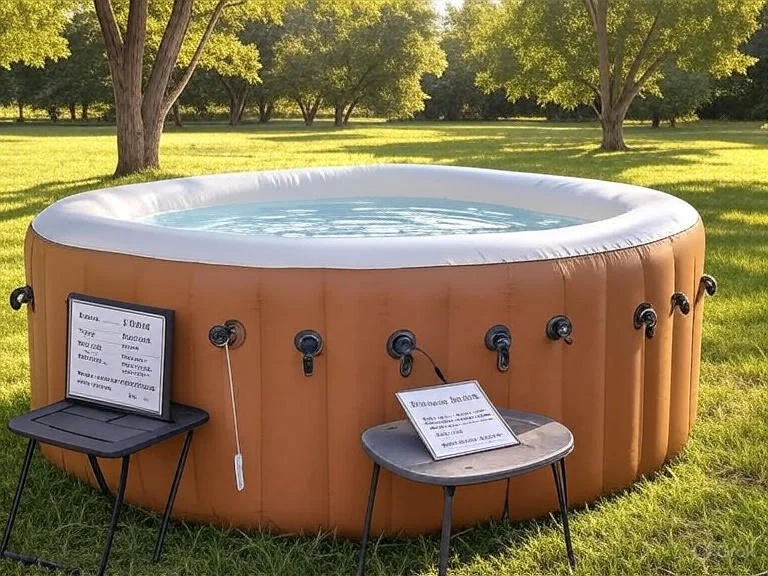
Cons of Inflatable Hot Tubs
1. Limited Durability
Inflatable hot tubs, typically made of PVC or vinyl, are prone to punctures or wear over time, especially if exposed to rough surfaces or pets.
- Why It Hurts: Lifespan is often 2-5 years with good care, compared to 10-20 years for hard-shell tubs.
- Solution: Use an inflatable hot tub patch kit for minor leaks and follow our maintenance guide to extend life.
2. Weaker Jets and Heating
The jets in inflatable hot tubs are usually air-driven bubbles, not the powerful hydrojets found in permanent models. Heating can also take longer (1-2°F per hour).
- Why It Hurts: If you want a deep-tissue massage or fast heating, you might be disappointed.
- Workaround: Look for models with upgraded jets (check our best inflatable hot tubs) or preheat well in advance.
3. Higher Maintenance Needs
Inflatable hot tubs require regular water treatment, filter cleaning, and careful storage to avoid mold or damage (see cleaning filter methods).
- Why It Hurts: Neglecting water chemistry can lead to odors or skin irritation (learn about odor issues).
- Tip: Invest in a vacuum for inflatable hot tubs for easier upkeep.
4. Energy Costs
Running an inflatable hot tub can cost $20-$50/month in electricity, depending on usage and climate.
- Why It Hurts: Budget-conscious buyers may overlook operational costs when seeing the low purchase price.
- Solution: Use insulated covers to reduce heat loss and save energy.
5. Weight and Stability Concerns
A filled inflatable hot tub can weigh 2,000+ pounds, posing risks for weak decks or balconies (see weight capacity details).
- Why It Hurts: Improper placement can damage property or cause safety issues.
- Safety Note: Always consult a structural engineer for elevated surfaces.
6. Aesthetic and Comfort Limitations
Inflatable hot tubs lack the sleek look and ergonomic seating of hard-shell models. Some users find the soft walls less comfortable for lounging.
- Why It Hurts: If you prioritize luxury or long soaks, the experience may feel basic.
- Option: Models with seats can improve comfort slightly.

Who Should Buy an Inflatable Hot Tub?
- Ideal For: Budget-conscious buyers, renters, or those with limited space who want a portable, low-commitment spa.
- Not For: Those seeking a premium, long-term hot tub with powerful jets or a permanent backyard fixture.
Inflatable vs. Hard-Shell Hot Tubs: Quick Comparison
| Feature | Inflatable Hot Tub | Hard-Shell Hot Tub |
|---|---|---|
| Cost | $300-$1,500 | $3,000-$15,000 |
| Setup | 1 hour, no professional | Days, electrician needed |
| Durability | 2-5 years | 10-20 years |
| Portability | Highly portable | Fixed installation |
| Jets | Bubble jets | Hydrojets |
| Energy Cost | $20-$50/month | $30-$100/month |

